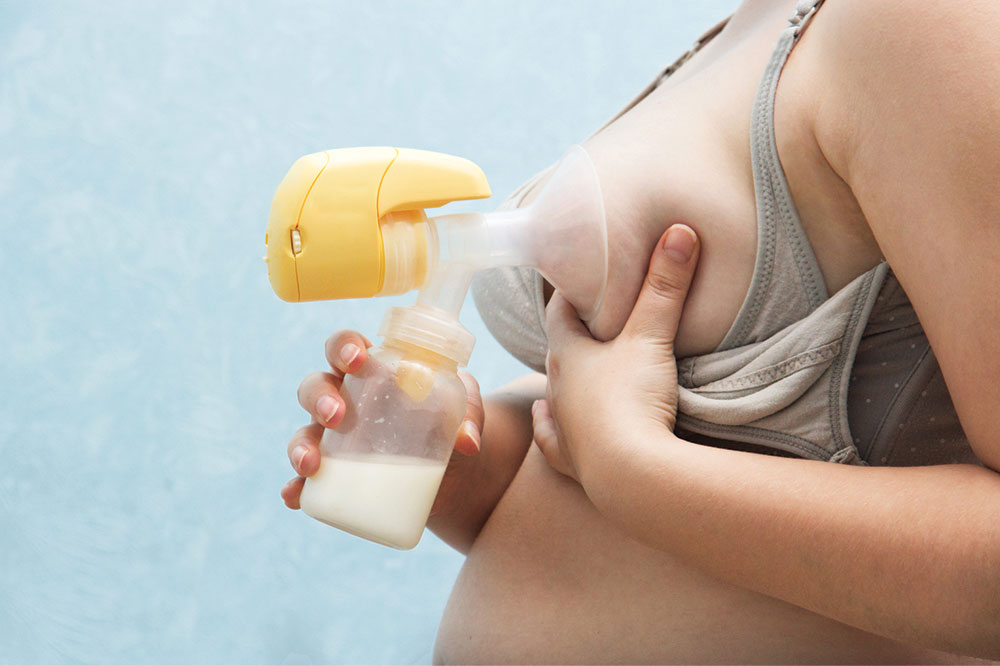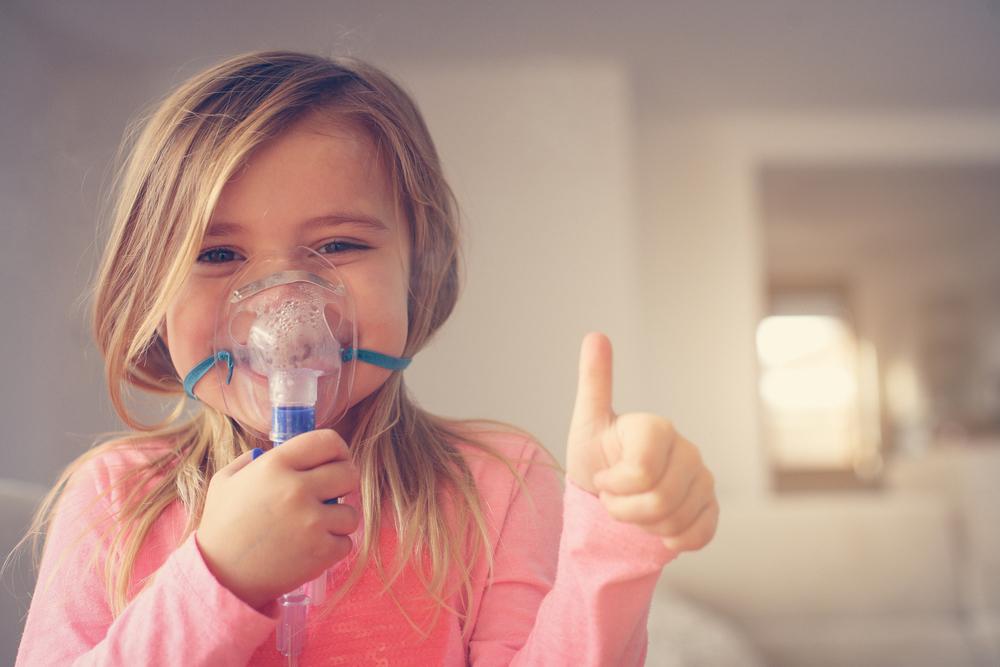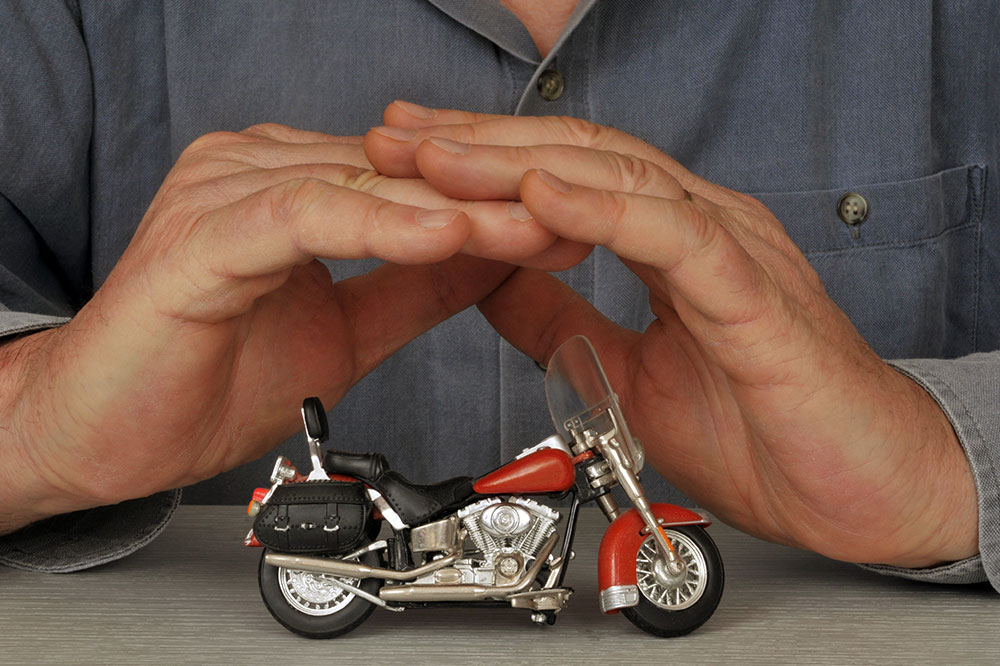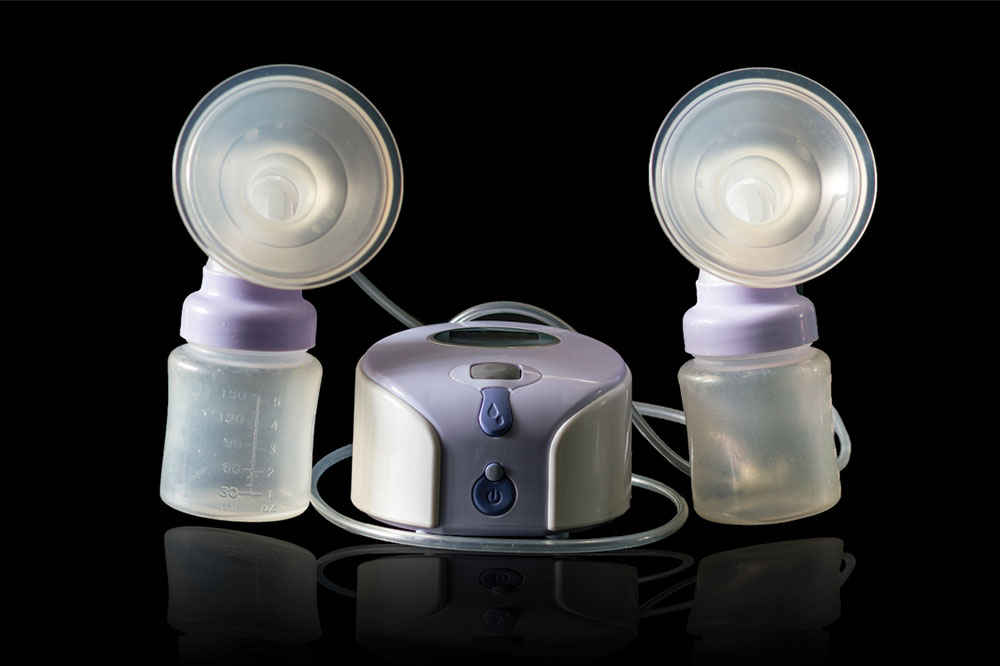Common Questions About Breast Pumps You Should Know
This article offers essential insights about breast pumps, including insurance coverage, types, selection tips, and maintenance. It helps new mothers make informed decisions about choosing and caring for their breast pumps, ensuring safe and effective use. Understanding insurance options and cleaning guidelines can save time and promote breastfeeding success.
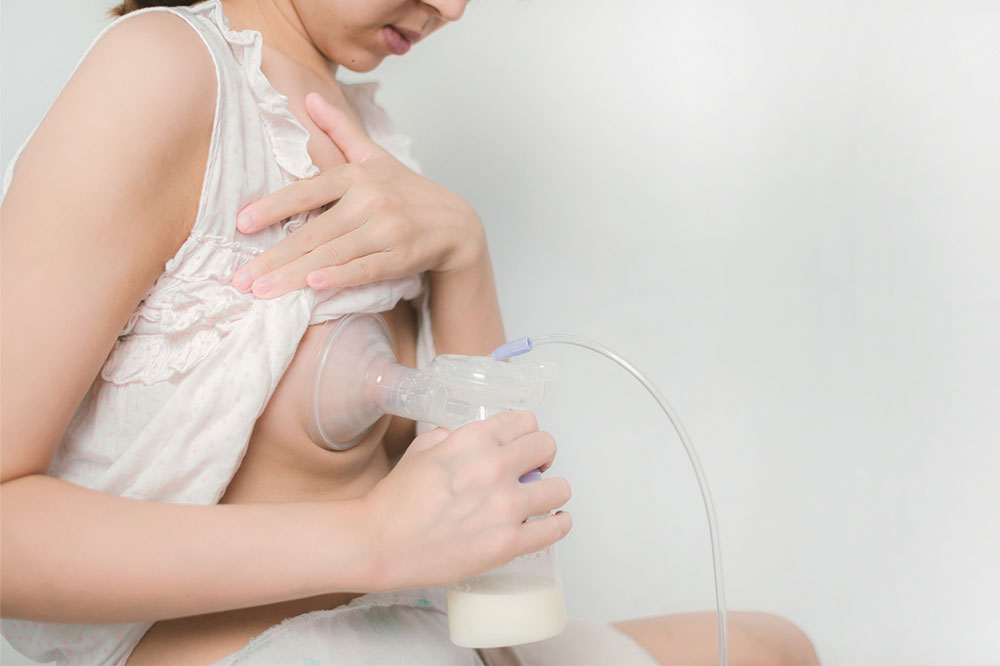
Common Questions About Breast Pumps You Should Know
If you're breastfeeding your baby, a breast pump can be a helpful tool in many situations. Approved by the U.S. Food and Drug Administration, breast pumps are medical devices designed to alleviate engorgement, support milk production, or assist with flat or inverted nipples to facilitate latch-on for your little one. Before purchasing a breast pump, it’s important to understand some key information. Let’s explore the essentials.
Does my health insurance cover the cost of a breast pump?
Under the Affordable Care Act, health insurance plans are mandated to cover breast pumps.
Therefore, whether you opt for an affordable or premium breast pump, coverage is typically available. However, since this is a recent change, some expectant mothers may not be aware of it. Every insurance plan varies, so it's best to contact your provider to confirm coverage details. Questions to ask include:
Which brands of breast pumps are covered?
Are specific types of pumps included in the coverage?
Is a doctor’s prescription necessary?
Can I purchase a pump through insurance before my baby is born?
Do I need to work with a specific medical equipment provider for insurance coverage?
Most insurance companies will cover basic double electric or affordable manual breast pumps. For more advanced or multi-user rental options, additional costs might apply.
How do I choose the right breast pump?
Various types of breast pumps are available, and selecting the best one depends on your needs. The main types include:
Manual
Single electric
Double electric
Hospital-grade
Researching these options will help you make an informed decision.
What is the best way to clean my breast pump?
Proper cleaning is essential to prevent contamination. The FDA recommends cleaning and disinfecting your pump regularly between uses. Always follow the manufacturer’s instructions. Typical cleaning steps include:
Rinse parts that contact breast milk with cold water immediately after use.
Wash components with warm water and liquid dish soap.
Rinse thoroughly with warm water for 10-15 seconds.
Air dry on a clean towel or surface.

